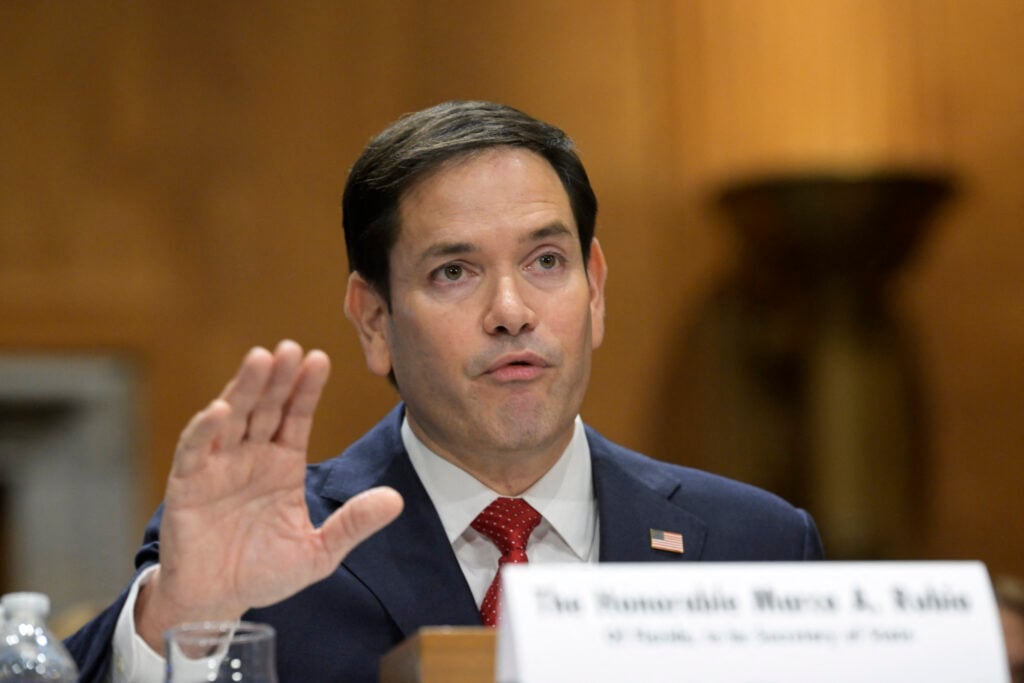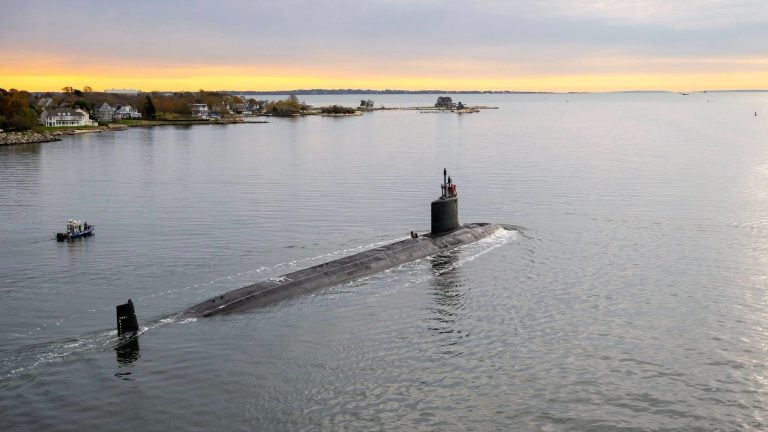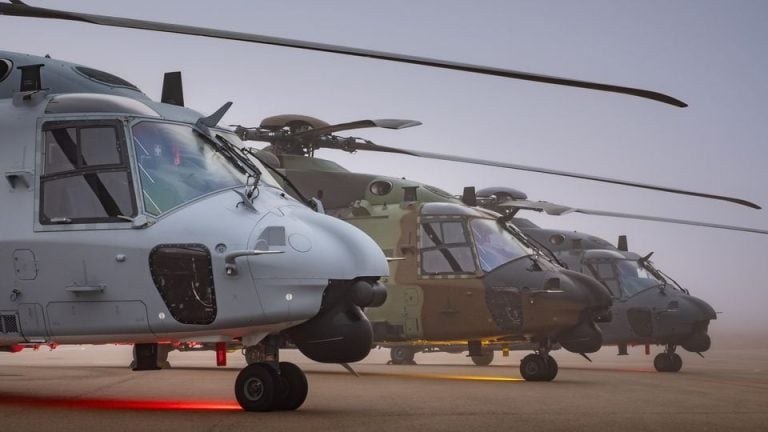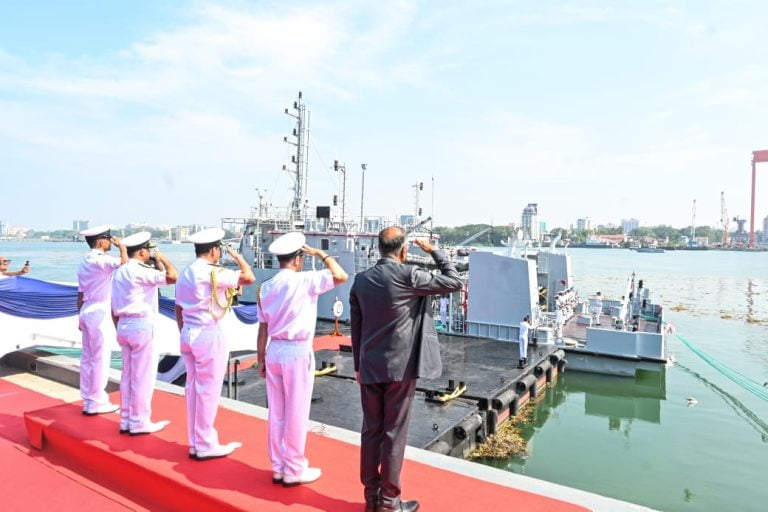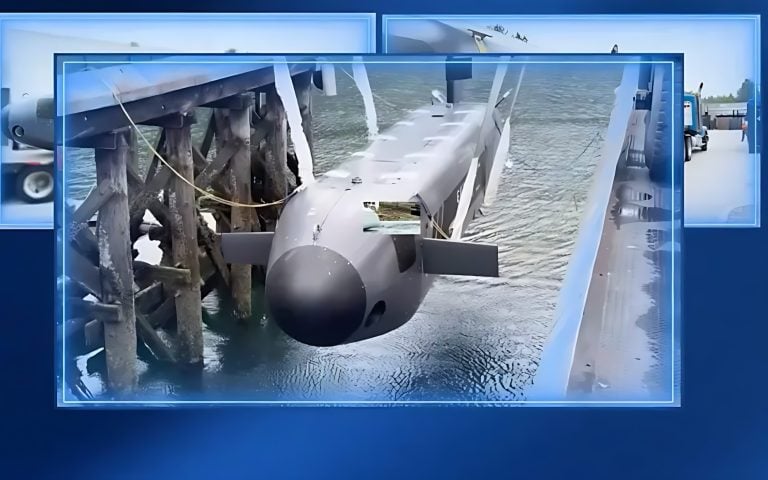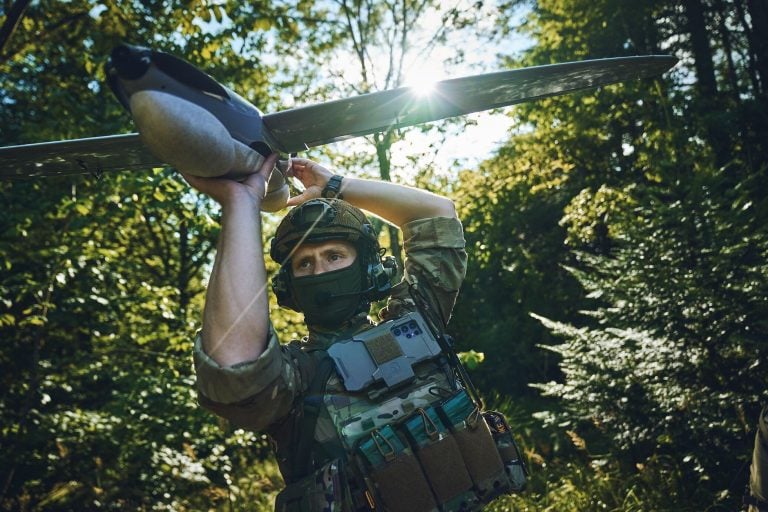In a significant diplomatic encounter, Russian Foreign Minister Sergei Lavrov and U.S. top diplomat Marco Rubio engaged in “frank” discussions regarding the ongoing conflict in Ukraine. The meeting on Thursday came in the wake of intensified Russian airstrikes on Kyiv, marking the second consecutive night of bombardment, which has reportedly resulted in the highest civilian casualty rate from Russian attacks in three years, according to United Nations reports.
Rubio, representing the U.S. Secretary of State, mentioned that Lavrov introduced new concepts aimed at resolving the conflict. However, he tempered expectations, stating that while the ideas might provide a pathway towards dialogue, they do not guarantee immediate peace. Lavrov’s proposals will be relayed to President Donald Trump, although the U.S. leader’s previous negotiations have not yielded any significant concessions from Moscow despite several discussions with Russian President Vladimir Putin. Trump recently criticized Putin, labeling his statements on Ukraine as “bullshit.”
Ukrainian President Volodymyr Zelensky, meanwhile, expressed optimism about acquiring further military support from the U.S., announcing that he has “specific dates” for the delivery of additional weaponry. In a social media post, he emphasized Ukraine’s preparedness to explore various strategies to enhance its defenses, including a “large defense package” that would be jointly purchased with European allies.
Trump echoed this stance, stating in a late Thursday NBC interview that NATO is financing the U.S. arms supplied to Ukraine, with the organization set to distribute these weapons. He hinted at a forthcoming “major statement on Russia” set for Monday, potentially outlining further steps in addressing the conflict.
NATO Secretary General Mark Rutte affirmed ongoing close collaboration with allies to ensure Ukraine receives necessary assistance. Meanwhile, British and French leaders disclosed plans for a peacekeeping force that could be deployed to Ukraine should a ceasefire be reached.
Tragically, the latest round of Russian assaults resulted in the deaths of two civilians in Kyiv, including a 22-year-old policewoman and a 68-year-old woman. Descriptions from residents reveal the chaotic scene during airstrikes, with loud detonations and explosions becoming increasingly frequent. One eyewitness recounted seeking shelter as a massive explosion shattered nearby windows.
As Lavrov and Rubio discussed the crisis in Kuala Lumpur, President Zelensky addressed an audience in Rome, reiterating the dire need for enhanced military and political support from international allies. He underscored that Putin’s objective is to induce suffering among the Ukrainian populace, contributing to the destruction of homes and schools.
The Kremlin, for its part, has denied any stagnation in peace talks, insisting it remains open to ongoing discussions. Nonetheless, Russia has consistently rebuffed ceasefire proposals, and previous rounds of negotiations between Moscow and Ukraine have yielded minimal progress. The Ukrainian air force reported that 415 drones and missiles had been launched by Russia, with Zelensky advocating for immediate sanctions against Moscow.
This new phase of hostility included a record 741 long-range drone and missile strikes targetting Kyiv, exacerbating an already dire humanitarian situation. Ukrainian officials noted that the recent attacks have inflicted significant civilian casualties, with the UN identifying a spike in fatalities and injuries—the highest since April 2022.
